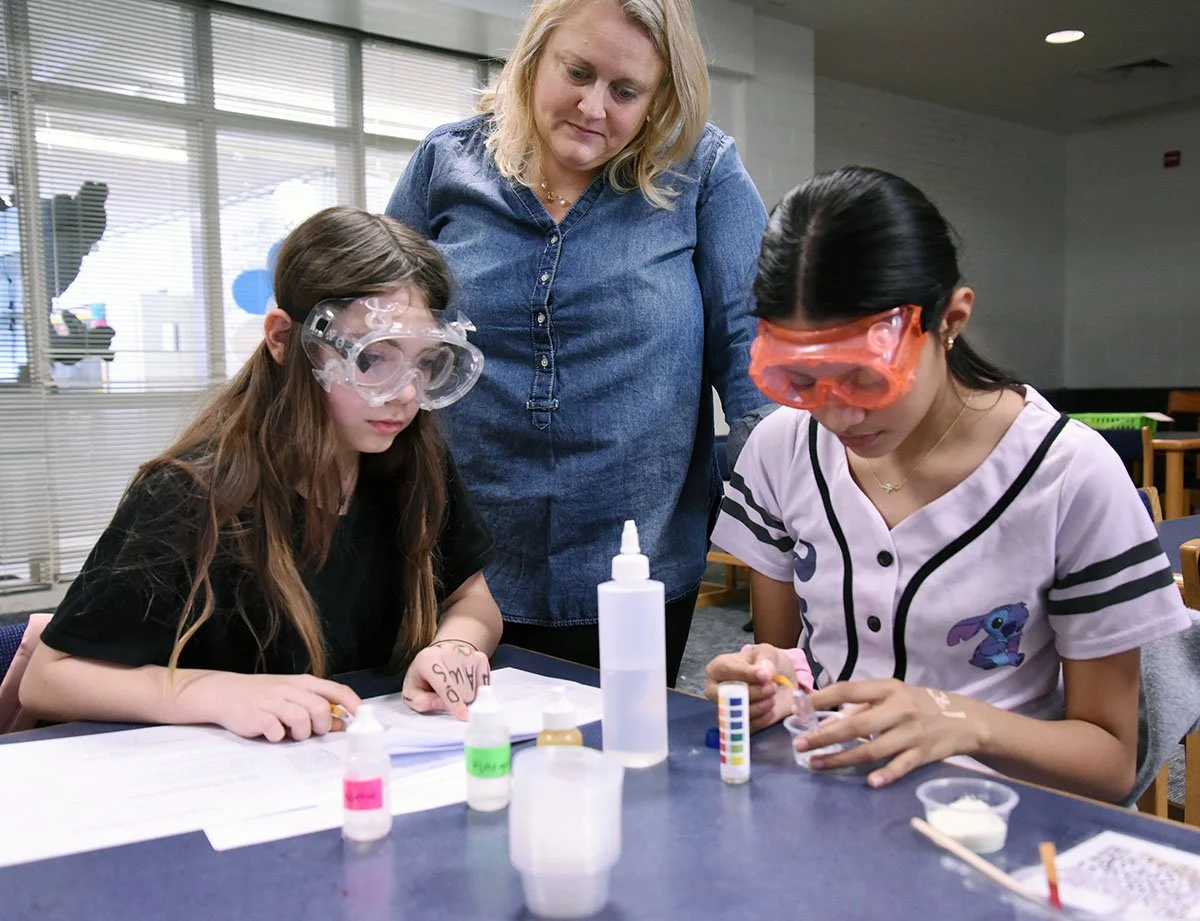Parents usually consider the official syllabus, daily routines, or teacher qualifications when enrolling their children in a pre-nursery school. However, the ‘hidden curriculum’—something much less evident—can significantly impact early development. These are the unspoken lessons embedded in routines, teacher-child interactions, and the classroom environment that shape how young children approach learning, relationships, and challenges for years to come.
Discover the ‘hidden curriculum’ in pre-nursery schools in Singapore that can shape future learners.
Routine and Predictability Teach Security
One of the most overlooked elements of early education is routine. In a typical pre-nursery school, children follow a structured day — from arrival, circle time, snack, free play, and rest. This predictability gives toddlers a sense of control and security. Over time, they learn to transition between activities, anticipate what comes next, and respond calmly to cues. These are not just habits; they are foundational regulation skills that help children manage expectations and reduce anxiety in new settings — a key component of future school readiness.
Social Conduct Is Quietly Learned, Not Taught
Children are rarely sat down for formal lessons on social behaviour in pre-nursery, nursery 1, and nursery 2 settings. Instead, these behaviours are modelled and reinforced through subtle environmental cues. Children learn to queue up, raise hands, wait their turn, and respond to peers — not because of a worksheet but through observation, repetition, and teacher-guided correction. This unspoken social curriculum is often more impactful than academic drills because it builds the emotional intelligence and cooperation skills necessary for group learning environments in primary and beyond.
The Role of Language in Cognitive Development
Language development in nursery-level settings goes far beyond ABCs and vocabulary charts. In fact, the way educators speak — the tone, phrasing, and even waiting time after questions — plays a critical role in shaping a child’s internal thought processes. For instance, open-ended questions like “Why do you think that happened?” invite reasoning and reflection, while directive statements limit the space for independent thinking. Within the nursery 2 curriculum in Singapore, such language use gradually transitions children from passive receivers of information to active participants in their own learning process.
Environment as the Third Teacher
The design and layout of classrooms in the city-state’s early education system also form part of the hidden curriculum. Whether it’s the accessibility of materials, usage of labels, or how play corners are organised — everything communicates a message to the child. A child who can choose their own materials, return them to labelled baskets, and navigate the space independently is internalising responsibility, autonomy, and decision-making lessons. These small interactions compound daily, helping children become confident, self-directed learners.
Emotional Regulation Through Observation
Teachers in pre-nursery and nursery 1 in Singapore are trained in instruction and emotional support. When a child cries or becomes frustrated, how a teacher responds — kneeling to the child’s level, using calm tones, naming the emotion — is a masterclass in emotional regulation. While it may seem like a soft skill, this becomes the blueprint for how children will later respond to conflict, disappointment, and stress. It is embedded so subtly that many parents are surprised at how quickly their child becomes more emotionally aware and expressive — an outcome rarely listed in prospectuses but critical to personal growth.
Conclusion
While syllabi and academic content are essential, the hidden curriculum is where much of a child’s foundational learning happens. Much of a child’s core learning occurs in the hidden curriculum, even though syllabi and academic content are significant. Parents choosing a pre-nursery school in Singapore should take note not just of what is taught, but how it is experienced. How do educators demonstrate respect? How are changes managed? Are kids allowed to make their own decisions? These questions reveal more about a school’s true learning environment than any printed curriculum.
Visit Brighton Montessori to discover a pre-nursery school that nurtures more than just academics.












